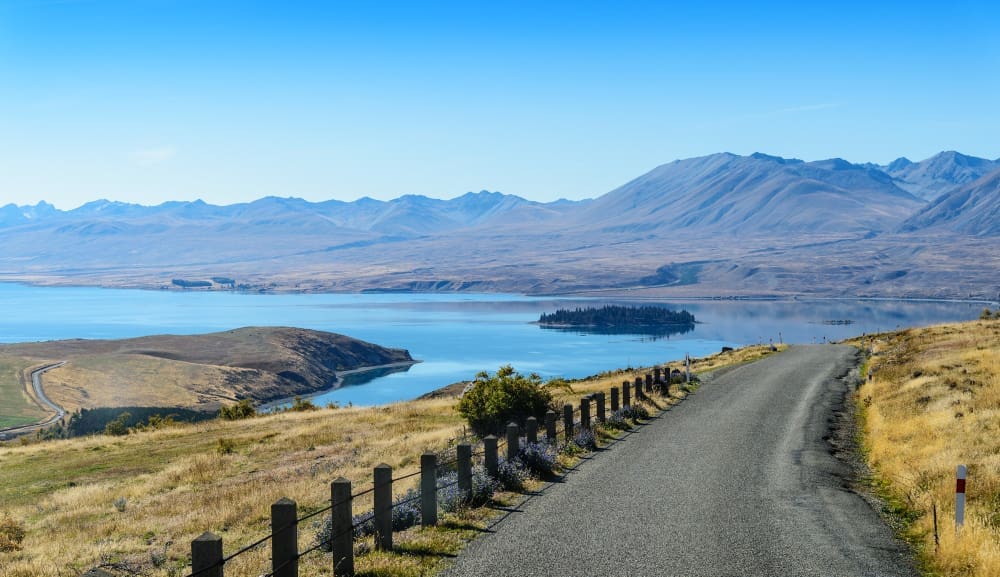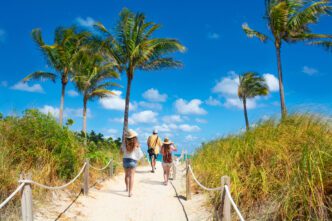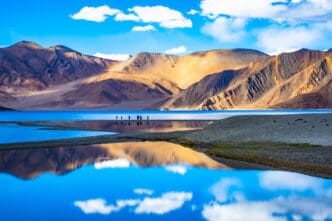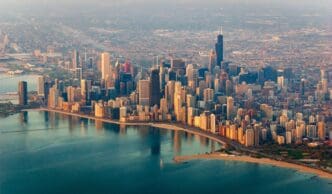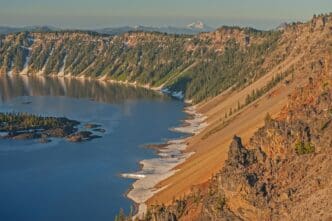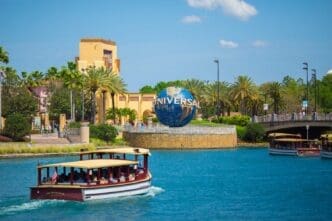For travelers seeking a destination where nature’s grandeur is the main attraction, New Zealand stands virtually unrivaled. This island nation, encompassing the dramatic North and South Islands, offers an almost unbelievable concentration of the world’s most stunning landscapes, from the colossal fjords of Fiordland to the geothermal heart of the volcanic plateau. Whether you are an adventure seeker planning a multi-day hike, a photographer chasing the perfect light over an alpine lake, or a road-tripper looking for epic coastal drives, New Zealand delivers a breathtaking backdrop at every turn, solidifying its reputation as a global icon of natural beauty.
Fiordland National Park: The Jewel of the South Island
In the southwest corner of the South Island lies Fiordland National Park, a realm of such dramatic scale that it feels almost otherworldly. Carved by glaciers over hundreds of thousands of years, this UNESCO World Heritage site is defined by its deep, water-filled valleys, or fjords, flanked by sheer granite cliffs that rise thousands of feet from the dark, still water.

Milford Sound
Milford Sound is the undisputed icon of Fiordland and arguably of New Zealand itself. The journey to reach it, whether by coach along the spectacular Milford Road or by a scenic flight, is an integral part of the experience. Once there, boat cruises navigate the length of the fjord out to the Tasman Sea, offering front-row seats to its wonders.

The majestic Mitre Peak dominates the landscape, its distinctive shape soaring directly from the sea. Waterfalls cascade down the cliffs, including the permanent Stirling and Bowen Falls, which are swollen into thunderous torrents after rainfall. Keep an eye out for the local wildlife; pods of dolphins often play in the boat’s wake, and New Zealand fur seals can be seen basking on the rocks.
Doubtful Sound
While Milford Sound attracts the crowds, Doubtful Sound offers a different kind of experience: profound silence and solitude. Known to Māori as Patea, meaning “the place of silence,” it is ten times larger and significantly more remote than its famous counterpart. Getting here requires a boat trip across the serene Lake Manapouri followed by a coach journey over the Wilmot Pass.
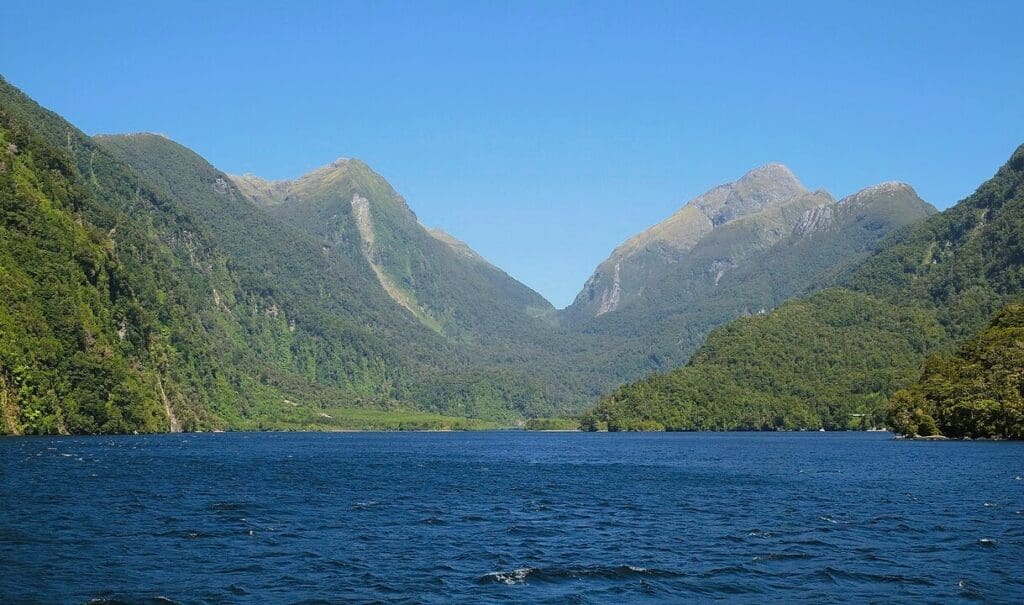
This multi-step journey ensures that visitor numbers are limited, preserving the sound’s overwhelming sense of tranquility. Cruises on Doubtful Sound often include a “moment of silence,” where engines are cut, and visitors are enveloped by the sound of nothing but birdsong and dripping water, a truly humbling experience in the vast wilderness.
Aoraki / Mount Cook National Park: Alpine Majesty
Home to New Zealand’s highest peaks and largest glaciers, Aoraki / Mount Cook National Park is the heart of the Southern Alps. This is a landscape of raw, alpine power, where jagged, snow-dusted mountains scrape the sky and glaciers grind their way down valleys, feeding impossibly blue lakes.
Aoraki / Mount Cook
The park is named for its crowning glory, Aoraki / Mount Cook, which stands at an impressive 3,724 meters (12,218 feet). This mountain holds immense cultural significance for the Ngāi Tahu iwi (tribe), who consider Aoraki to be their most sacred ancestor. The park offers a variety of accessible walking tracks, like the Hooker Valley Track, which leads to a glacial lake filled with icebergs at the foot of the mountain.

Glacial Lakes and Stargazing
The meltwater from the park’s glaciers, including the mighty Tasman Glacier, carries fine rock flour into the surrounding lakes, giving them a distinctive, opaque turquoise color. Lake Pukaki and the nearby Lake Tekapo are two of the most photographed spots in the country, their vibrant blue waters set against the backdrop of the Southern Alps.

By night, the region reveals another treasure. The park is part of the Aoraki Mackenzie International Dark Sky Reserve, the largest of its kind in the world. With minimal light pollution, the sky explodes with a density of stars, planets, and galaxies that is simply not visible from most parts of the modern world, making it a premier destination for astronomy and astrophotography.
The Volcanic Heart of the North Island: Geothermal Wonders
The North Island’s central plateau offers a starkly different, yet equally stunning, landscape shaped by volcanic fire and geothermal heat. Here, the earth steams, hisses, and bubbles, creating a dynamic and colorful environment.
Tongariro National Park
New Zealand’s oldest national park, Tongariro is a dual World Heritage site recognized for both its natural volcanic features and its cultural importance to Māori. It is dominated by three active volcanoes: Tongariro, Ngauruhoe, and Ruapehu. Mount Ngauruhoe gained international fame for its role as the cinematic “Mount Doom” in The Lord of the Rings trilogy.
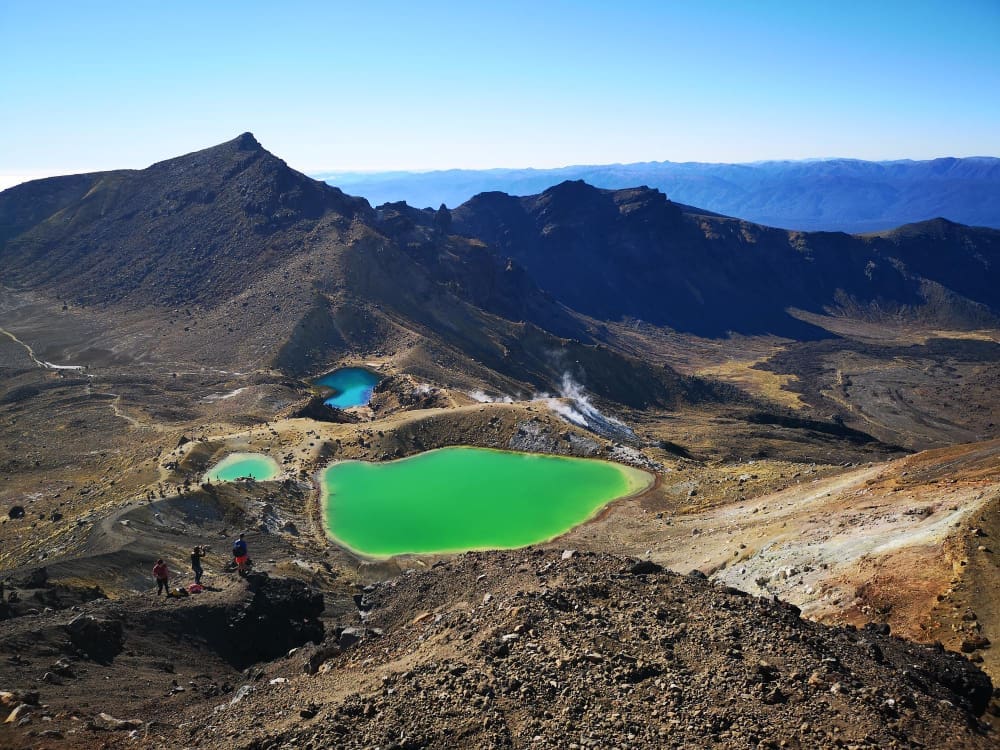
The best way to experience this landscape is the Tongariro Alpine Crossing, often cited as one of the world’s best one-day hikes. The challenging trek takes you across a surreal volcanic desert, past steaming vents, active craters, and the brilliant Emerald and Blue Lakes, whose vivid colors are derived from leached minerals.
Rotorua’s Geothermal Fields
A short drive from Tongariro, the city of Rotorua is the epicenter of New Zealand’s geothermal activity. The air is thick with the smell of sulphur, a constant reminder of the volatile energy just beneath the surface. At places like Wai-O-Tapu Thermal Wonderland and Te Puia, visitors can witness this power firsthand.
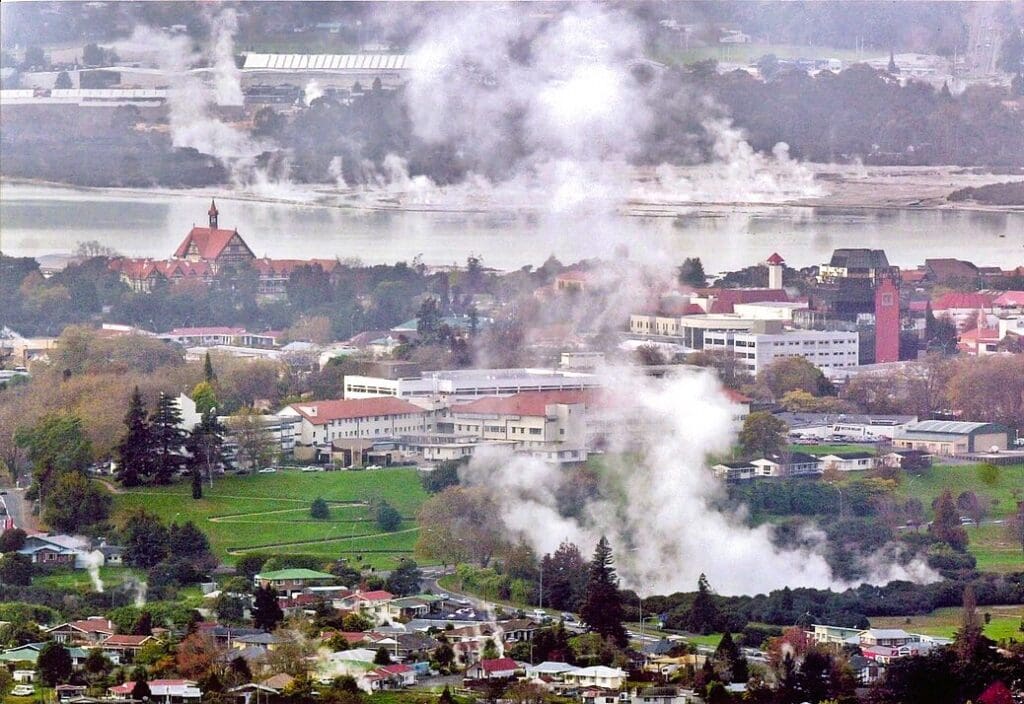
Here you’ll find bubbling mud pools, vibrant mineral terraces like the Artist’s Palette, and powerful geysers, including the Pōhutu Geyser, which erupts up to 20 times a day, shooting hot water 30 meters into the air. It’s a primal landscape that feels ancient and very much alive.
Coastal Paradises: From Golden Sands to Rugged Shores
Encircling these dramatic inland features is over 15,000 kilometers of spectacular coastline, ranging from idyllic golden beaches to wild, storm-battered shores.
Abel Tasman National Park
At the top of the South Island, Abel Tasman National Park is New Zealand’s coastal paradise. It is renowned for its crescent-shaped bays of golden sand, sculpted granite headlands, and calm, azure waters. The Abel Tasman Coast Track allows for multi-day hiking, while sea kayaking is the perfect way to explore hidden coves and get close to the resident seal colonies.

The Coromandel Peninsula
On the North Island, the Coromandel Peninsula is a favorite getaway for its stunning beaches and lush native forest. Cathedral Cove, a massive natural rock archway accessible by foot or boat, is one of its most famous landmarks. Nearby, Hot Water Beach offers a unique experience where visitors can dig their own spa pools in the sand at low tide, as geothermally heated water bubbles up from below.

The Untamed West Coast
The West Coast of the South Island presents a much wilder and more rugged coastal landscape. Here, the Tasman Sea relentlessly pounds the shore, carving out dramatic features like the Punakaiki Pancake Rocks and Blowholes, where layered limestone formations resemble stacks of pancakes and seawater erupts through blowholes at high tide.
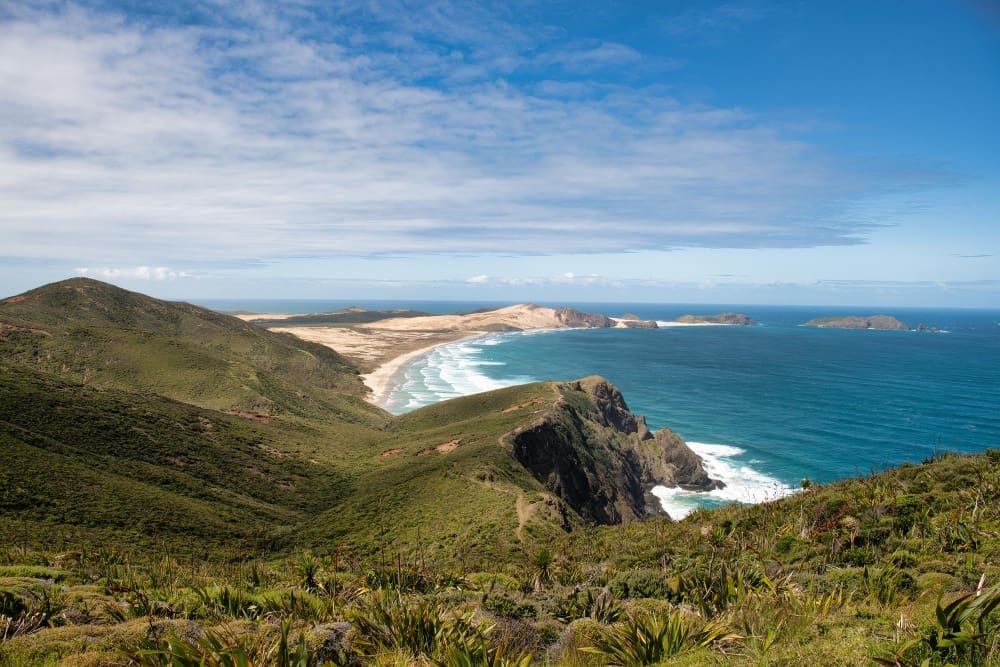
New Zealand’s landscapes are not just beautiful; they are a powerful testament to the forces of nature that have shaped our planet. From the silent, deep waters of Doubtful Sound to the steaming craters of Tongariro, the country offers a journey through a world of geological and scenic diversity that is compressed into a remarkably accessible area. To travel through New Zealand is to be constantly reminded of nature’s artistry, making it an essential destination for anyone who finds wonder in the wild.


